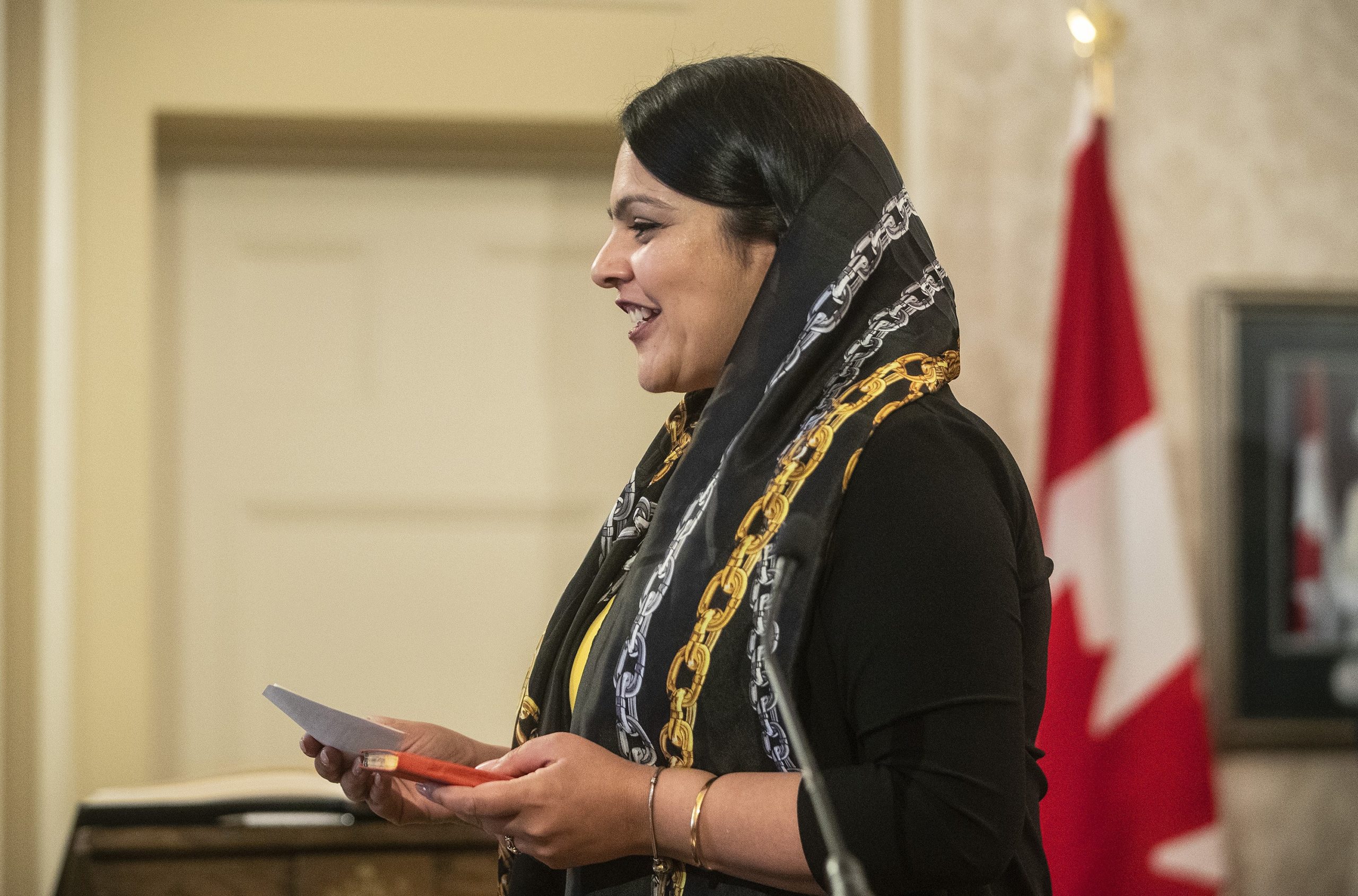Alberta extends freeze on new photo radar, makes changes to reduce ‘cash cow’ factor

EDMONTON — Alberta is extending a two-year freeze on any new photo radar and says it will bring in new rules next year to ensure the device to enforce speed limits is used for safety and not as a cash cow.
Transportation Minister Rajan Sawhney says the freeze on municipalities adding new photo radar will continue until next Dec. 1.
In the meantime, she says, starting in the spring municipalities will not be allowed to use photo radar in transition zones. Nor will they be allowed to run photo radar in construction zones, except when construction workers are present.
Photo radar in school zones will only be allowed when classes are in session.
Sawhney said the government has heard and is reacting to concerns from the public that photo radar is being used primarily to trap motorists in speed transition zones to boost the bottom lines of municipalities.
“Albertans can be confident these new rules will put a stop to photo radar fishing holes or speed traps,” Sawhney told a news conference Wednesday.
“This is about making sure photo radar will be used to improve traffic safety.”
There are 26 municipalities that use photo radar, which generates about $200 million in annual revenue that is split between the municipalities and the province.
The new rules are to be rolled out in stages next year, starting in April.
Other planned changes include requiring photo radar vehicles be clearly marked, something currently done with logos on the side of bright yellow trucks in Edmonton.
Municipalities will be obligated to provide data on collisions and safety to justify why they are running photo radar at certain locations.
Starting in June, site criteria that do not match safety priorities will not be allowed.
And next December, all photo radar sites are to be reassessed using new safety-oriented data and standards. Any municipality wanting to add a new photo radar site will first have to try alternative measures such as speed bumps.
Municipalities and law enforcement agencies will have to advertise new photo radar sites online and on social media portals.
Potential abuse of photo radar has been debated for years in Alberta. In early 2019, the NDP government at the time commissioned a third-party report that estimated photo radar reduced traffic collisions by only 1.4 per cent.
Premier Jason Kenney said the United Conservative government respects the right of municipalities to run photo radar, but added there is a limit.
“We’ve made it very clear in these revised guidelines, which will be enforced, that if municipalities are misusing the power of photo radar to basically generate revenue as opposed to focus on traffic safety, then we won’t permit that,” said Kenney.
People can take any concerns directly to municipal leaders, he said. He noted the residents of Drayton Valley, Alta., held a referendum and voted to cancel photo radar.
“If there are other communities across the province that feel similarly, they can have plebiscites, they can bring motions to their town and city councils.”
Lorne Dach, a critic for the Opposition NDP, said the government intentionally dithered on fixing photo radar for the last two years. He added he expects the government will continue to tacitly support it so as to benefit from the revenue.
"Today's announcement on photo radar was a quintessential example of ragging the puck," Dach told the house during question period.
"Nothing is changing. The cash cow lives and Alberta drivers are paying the price."
Photo radar was introduced in Alberta in 1987.
This report by The Canadian Press was first published Dec. 1, 2021.
Dean Bennett, The Canadian Press




